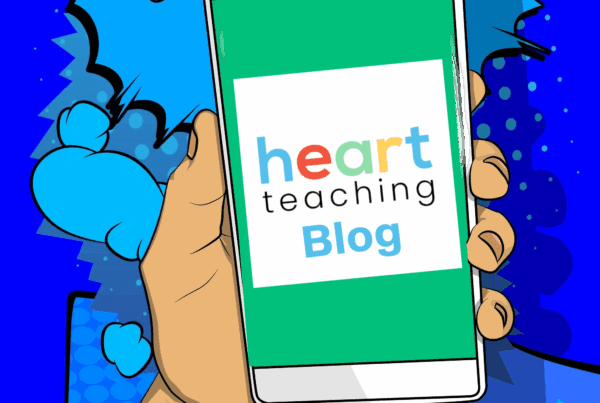
Inclusive education is the key to ensuring that all children, regardless of their individual abilities and learning needs, have access to a high-quality education. For students with Special Educational Needs (SEN), it is essential to have classroom resources that are adapted to meet their specific learning requirements.
Adapting classroom resources for SEN can be a challenging task for teachers, but with the right approach, it is possible to create a learning environment that is inclusive and supportive for all students. Here are some tips on how to adapt classroom resources for SEN:
- Use Visual Aids: Visual aids such as pictures, diagrams, and charts are effective tools for engaging students with SEN. They help to simplify complex concepts and enable students to visualize information. Teachers can use visual aids to help students with SEN to understand key concepts and to reinforce learning.
- Provide Multiple Options: Providing multiple options for completing a task or assignment can help students with SEN to choose the method that best suits their learning style. For example, providing a choice between written or verbal instructions can make a big difference for students who struggle with reading or processing written information.
- Break Tasks Down: Breaking tasks down into smaller steps can help students with SEN to manage their workload and feel less overwhelmed. Teachers can use visual aids or verbal instructions to help students with SEN to understand each step of a task or assignment.
- Use Technology: Technology can be a powerful tool for students with SEN. For example, text-to-speech software can help students with reading difficulties, while speech-to-text software can assist those with writing difficulties. Teachers can also use educational apps and games to reinforce learning and engage students with SEN.
- Personalise Learning: Personalising learning is key to meeting the individual needs of students with SEN. Teachers can adapt classroom resources to provide students with SEN with the support they need to succeed. This can include providing additional one-to-one support or using differentiated resources that are tailored to each student’s learning needs.
- Collaborate with Parents and Carers: Working collaboratively with parents and carers is essential for creating an inclusive learning environment for students with SEN. Teachers can communicate with parents and carers to gain a better understanding of the individual needs of their child and to ensure that classroom resources are adapted to meet those needs.
In conclusion, adapting classroom resources for SEN can be a challenging task, but with the right approach, it is possible to create a learning environment that is inclusive and supportive for all students. By using visual aids, providing multiple options, breaking tasks down, using technology, personalising learning and collaborating with parents and carers, teachers can ensure that students with SEN receive the support they need to achieve their full potential.





